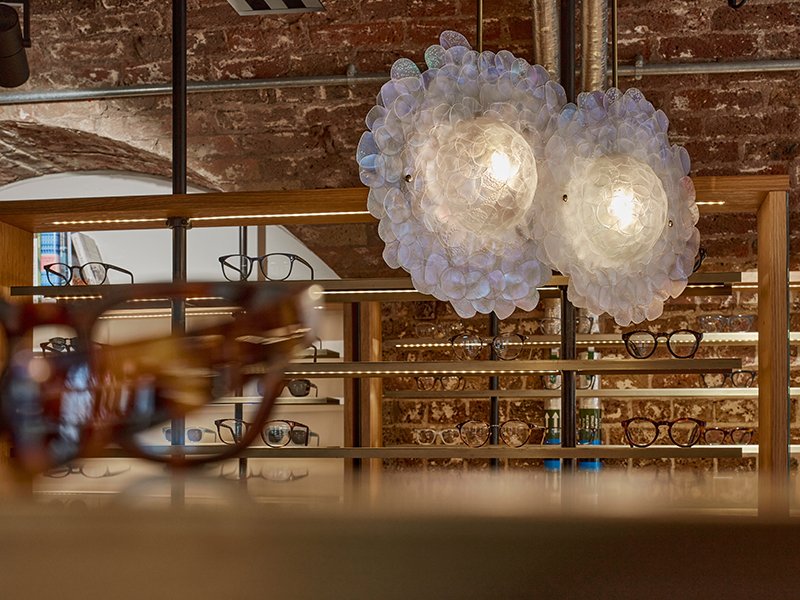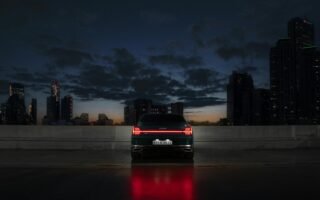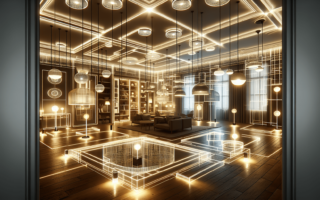Are you searching for innovative ways to brighten up your space while also being mindful of the environment? Look no further. In this article, we will explore the world of sustainable lighting design and shed light on the exciting solutions available. From energy-efficient LED bulbs to smart lighting systems, we’ll illuminate the path to a more eco-friendly and aesthetically pleasing future. Get ready to discover the illuminating possibilities for your home or office.
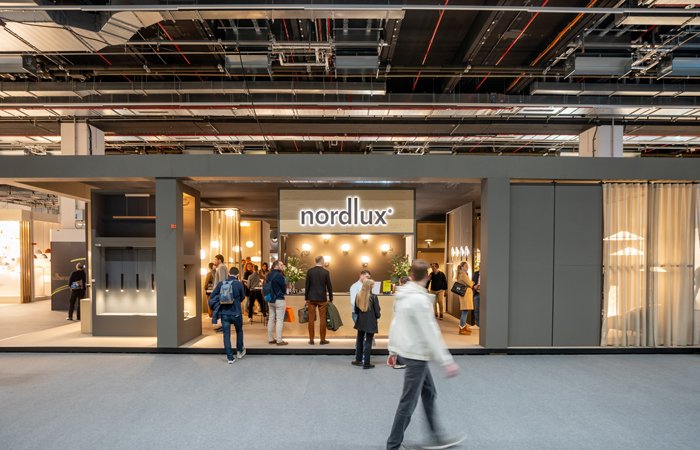
Importance of Sustainable Lighting Design
Sustainable lighting design plays a crucial role in addressing two major environmental concerns: reducing energy consumption and minimizing environmental impact. By implementing sustainable lighting practices, we not only save energy but also contribute to the overall wellbeing of the planet. In this article, we will explore various aspects of sustainable lighting design and how it can positively impact our lives and the environment.
Integration of Natural Light
One of the most effective ways to achieve sustainable lighting design is by integrating natural light into our buildings. By utilizing daylighting strategies, we can effectively harness the power of the sun and reduce our reliance on artificial lighting. Daylighting involves strategically positioning windows, skylights, and light shelves to allow natural light to penetrate deep into the building. This not only improves energy efficiency but also creates a more comfortable and pleasant indoor environment.
In addition to daylighting strategies, designing buildings to optimize natural light can further enhance sustainable lighting design. This involves considering factors such as building orientation, window size and placement, and the use of light-reflecting surfaces. By carefully optimizing these design elements, we can maximize the amount of natural light that enters the building, further reducing the need for artificial lighting.
Energy-Efficient Lighting Technologies
Utilizing energy-efficient lighting technologies is another crucial aspect of sustainable lighting design. LED lighting solutions, in particular, have revolutionized the industry with their energy efficiency and longevity. Compared to traditional incandescent bulbs, LED lights consume significantly less energy and have a lifespan that is several times longer. This not only reduces energy consumption but also lowers maintenance costs.
Complementing LED lighting solutions is the use of smart lighting controls. These controls allow users to adjust lighting levels based on occupancy, time of day, and natural light availability. By intelligently managing the lighting system, we can further optimize energy usage and ensure that lights are only in use when needed.
Lighting automation systems are also emerging as a prominent feature in sustainable lighting design. By integrating sensors and timers, these systems can automatically adjust lighting levels based on occupancy and environmental conditions. This not only enhances energy efficiency but also improves the overall user experience in various spaces.
Innovative Materials in Lighting Design
Advances in LED technology have not only improved energy efficiency but also opened doors for innovative materials in lighting design. For instance, LEDs can be embedded into flexible materials, allowing for unique and customizable lighting solutions. This flexibility enables lighting fixtures to be integrated seamlessly into architectural elements, enhancing the overall design aesthetic.
Another significant aspect of sustainable lighting design is the use of recycled materials. By incorporating recycled plastic or metal components, lighting fixtures can contribute to the circular economy and reduce waste. Sustainable light fixtures are often designed with disassembly in mind, making them easier to recycle or repurpose at the end of their life cycle.

Designing for Adaptability
Flexible lighting systems and modular lighting design are key considerations in sustainable lighting design. By designing lighting systems that can be easily modified or reconfigured, we can adapt to changing needs and maximize resource efficiency. Modular lighting design involves using interchangeable components that can be replaced or upgraded individually, eliminating the need to replace the entire fixture. This not only reduces waste but also allows for easier maintenance and future expansion.
Human-Centric Lighting Solutions
Human-centric lighting solutions focus on optimizing lighting conditions to support human health and wellbeing. One such solution is biodynamic lighting, which mimics the natural changes in light throughout the day. By adjusting the intensity and color temperature of artificial lighting, biodynamic lighting supports our circadian rhythm, promoting better sleep-wake cycles, improved mood, and increased productivity.
Closely related to biodynamic lighting is circadian rhythm synchronization. This involves aligning artificial lighting with our natural body rhythms, particularly the sleep-wake cycle. By providing the right type of light at the right time, circadian rhythm synchronization can help regulate our biological processes, leading to improved sleep quality and overall wellbeing.
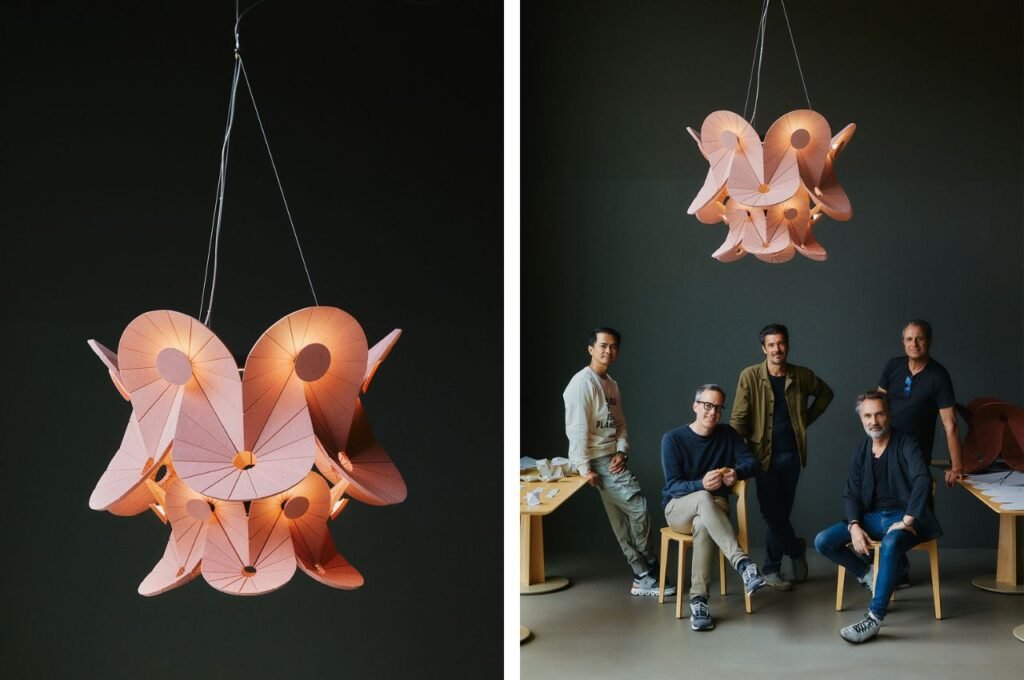
Lighting Design for Health and Well-being
In addition to its impact on our biological processes, sustainable lighting design also has a direct effect on our physical and mental health. By reducing glare and providing uniform illumination, sustainable lighting design can significantly reduce eye strain and fatigue. This is particularly important in spaces where visual tasks are performed regularly, such as offices, schools, and healthcare facilities. Furthermore, proper lighting design can promote alertness and concentration, ultimately enhancing productivity and overall performance.
Smart Lighting and IoT Integration
The integration of smart lighting systems with the Internet of Things (IoT) is revolutionizing lighting design. With connected lighting systems, users can control and monitor lighting levels and energy usage remotely through smartphones or other devices. This not only provides convenience but also allows for more precise control over lighting conditions, further optimizing energy usage.
Wireless controls and monitoring are also becoming more common in sustainable lighting design. By eliminating the need for physical wiring, wireless controls significantly simplify the installation process and provide greater flexibility in system configuration. Additionally, wireless monitoring allows for real-time data collection, enabling better analysis of energy usage patterns and potential areas for improvement.
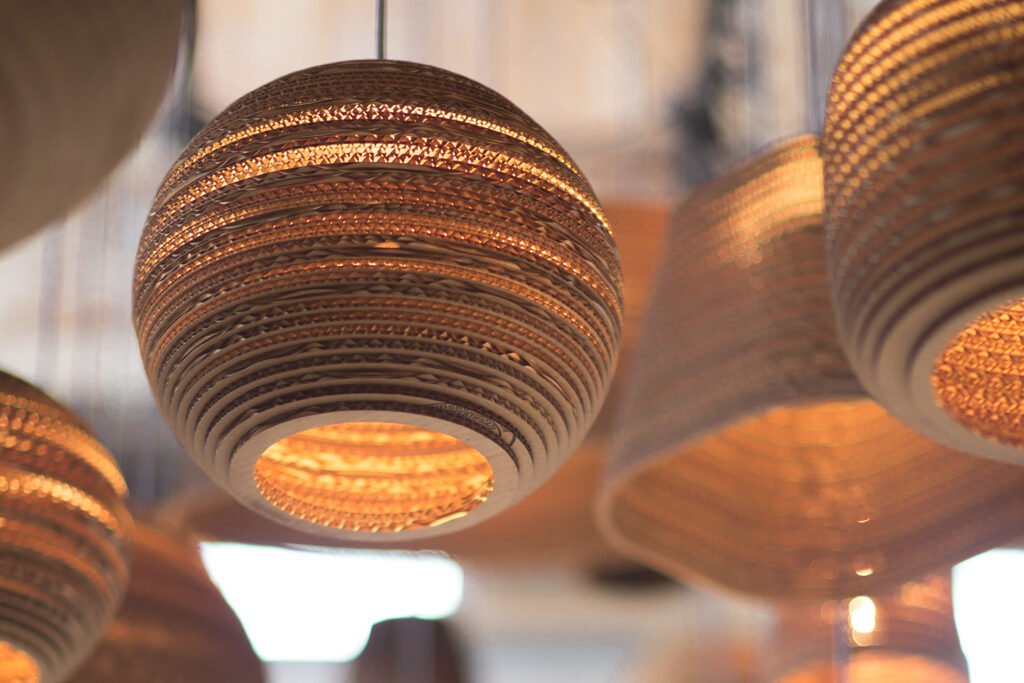
Sustainable Lighting in Outdoor Spaces
Sustainable lighting design extends beyond indoor spaces and into outdoor areas as well. Solar-powered outdoor lighting is a prime example of sustainable lighting technology. These lighting solutions harness solar energy during the day and use it to power outdoor lights during the night. By eliminating the need for traditional electrical connections, solar-powered outdoor lighting reduces energy consumption and greenhouse gas emissions.
Efficient street lighting solutions also play a significant role in sustainable lighting design. By using energy-efficient technologies such as LEDs and smart controls, street lighting can be optimized to provide adequate illumination while minimizing energy waste. Additionally, street lighting that is properly designed and positioned can enhance safety and security, creating a more sustainable and livable urban environment.
Impact of Sustainable Lighting on Architecture
Sustainable lighting design has a profound impact on architecture, enhancing both the aesthetic and functional aspects of buildings. By strategically illuminating architectural features, lighting design can accentuate textures, shapes, and colors, bringing buildings to life. This not only creates visually appealing spaces but also helps to establish a sense of identity and character within the built environment.
Furthermore, sustainable lighting design contributes to the creation of sustainable urban environments. By reducing light pollution and energy consumption, lighting design can help mitigate the negative impacts of urbanization on the environment. Thoughtfully designed lighting systems can transform cities into vibrant, safe, and sustainable places for people to live, work, and play.
In conclusion, sustainable lighting design is of paramount importance in today’s world. By reducing energy consumption, minimizing environmental impact, incorporating natural light, utilizing energy-efficient technologies, and considering the needs of users, we can create more sustainable and livable spaces. The integration of smart lighting systems and the use of innovative materials further enhance the potential for sustainable lighting design. As architects, designers, and consumers, it is our responsibility to prioritize sustainable lighting design to build a brighter and more sustainable future for all.
